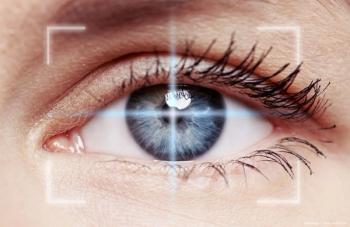
Telemedicine: well-established in ROP
The value of telemedicine in patients with retinopathy of prematurity (ROP) is well established, according to Birgit Lorenz, MD, Pediatric Department of Ophthalmology, University of Regensburg, Germany. The technology provides opportunities for research, allows expert discussion by specialists worldwide, and allows objective evaluation of the pathology.
The value of telemedicine in patients with retinopathy of prematurity (ROP) is well established, according to Birgit Lorenz,MD, Pediatric Department of Ophthalmology, University of Regensburg, Germany. The technology provides opportunities forresearch, allows expert discussion by specialists worldwide, and allows objective evaluation of the pathology.
Since the introduction of telemedicine for ROP in 2001, the technology has been useful in clinical settings where limitedresources exist for examinations by specialists, and it allows an equal chance for all premature babies, according to Dr.Lorenz.
Dr. Lorenz reported that in a study that she and her colleagues conducted, imaging showed 100% sensitivity for detectingreferral-warranted ROP.
When the results from two physicians were compared between ophthalmoscopy and imaging performed 4 months later, the agreementwas very high. Any discrepancies that occurred were not the result of missed cases of ROP, but rather because ophthalmoscopyproduced false negatives, she explained.
Interobserver variability is a challenge. For example, in a study that included 22 physicians, 70% diagnosed plus diseasewhile 30% diagnosed pre-plus disease.
The technology has limitations, according to Dr. Lorenz, such as image quality; no stereo view; dark fundus, which is achallenge and indicates that improvements in the quality of images are desirable; and imaging nasal zone II and temporal zoneIII is difficult and additional criteria are needed as aids. Finally, the cost effectiveness of the technology is as yetundetermined.
"The value of telemedicine is well established," Dr. Lorenz said. "There are some limitations in image quality. However, anobjective evaluation of the images overrides the limitations. Imaging provides a great opportunity for research. More data oncost effectiveness are needed."
Newsletter
Don’t miss out—get Ophthalmology Times updates on the latest clinical advancements and expert interviews, straight to your inbox.
















































.png)


